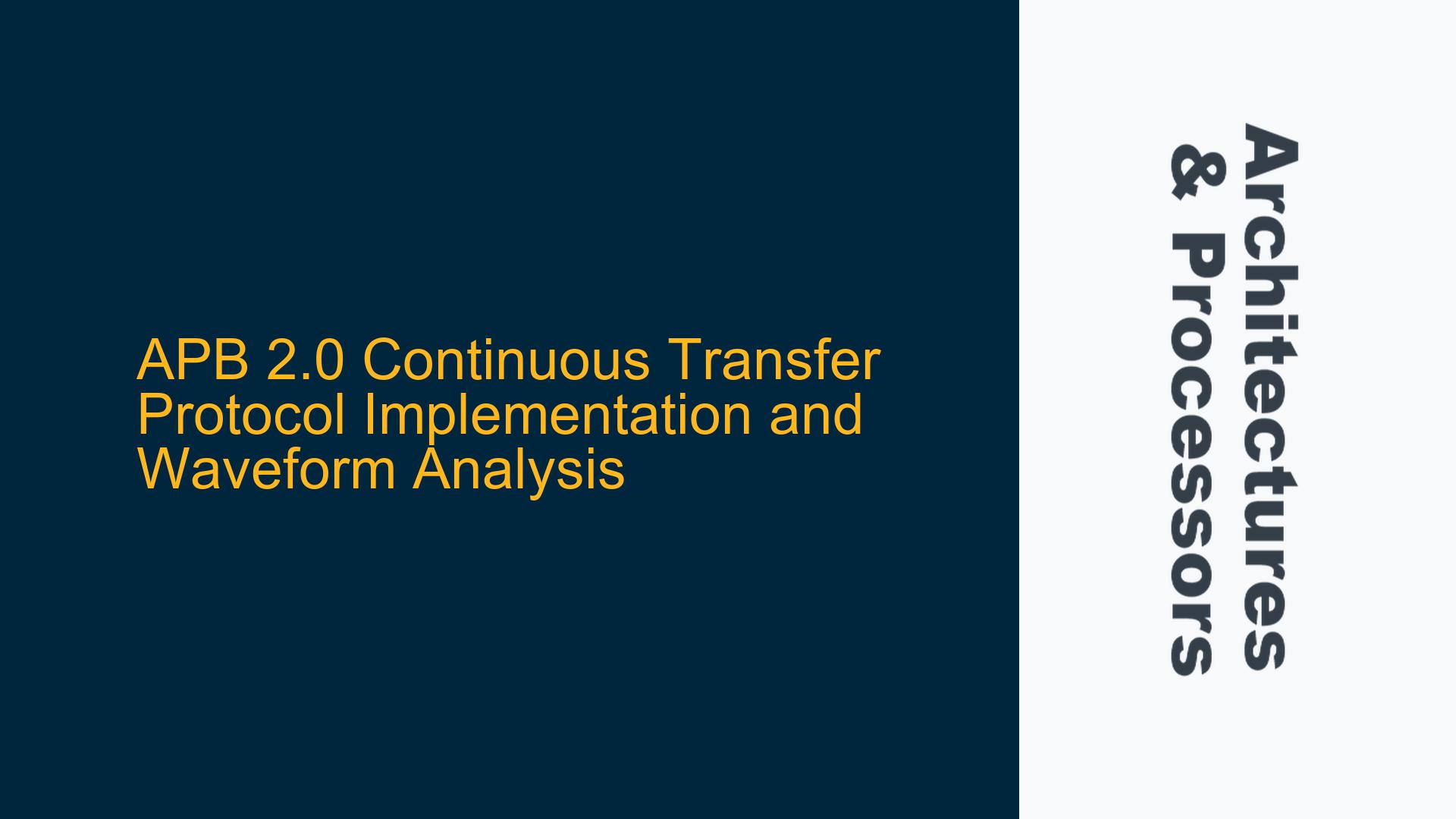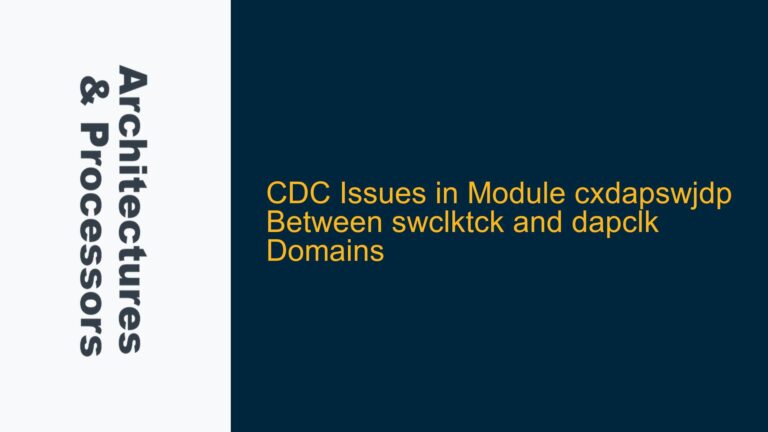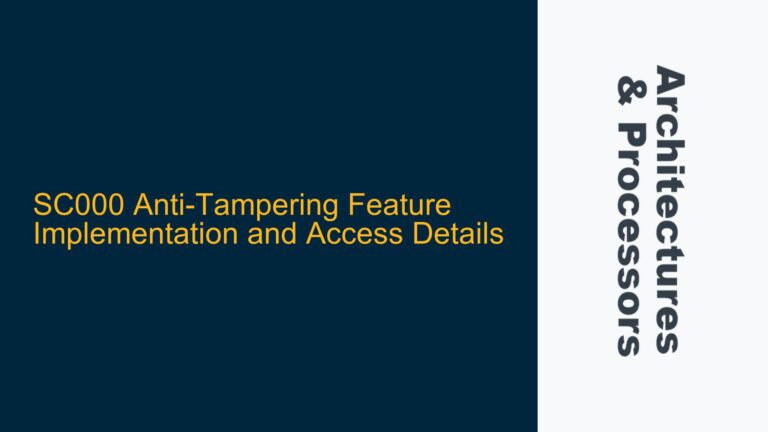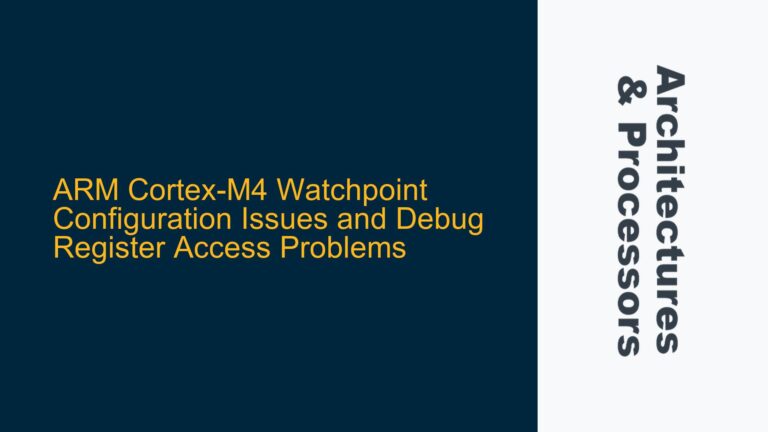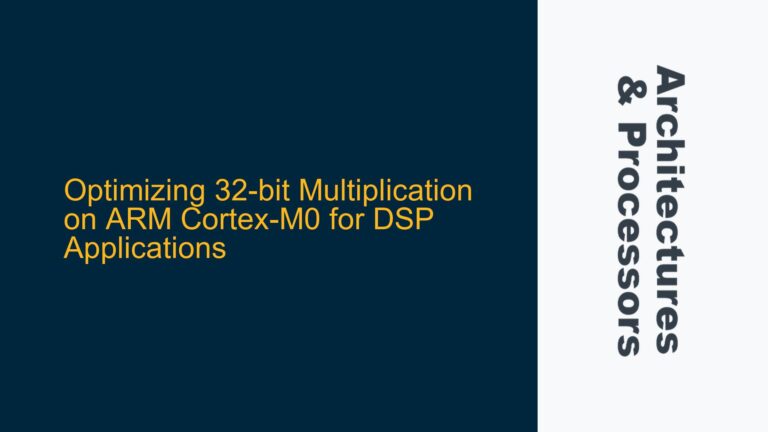APB 2.0 Continuous Transfer Protocol and State Transition Requirements
The Advanced Peripheral Bus (APB) 2.0 protocol is a low-cost, low-power interface designed for peripheral communication in ARM-based SoCs. It is a part of the AMBA (Advanced Microcontroller Bus Architecture) family and is widely used for connecting low-bandwidth peripherals. A key feature of APB 2.0 is its ability to perform continuous transfers, which allows for efficient back-to-back transactions without unnecessary idle cycles. Understanding the state transitions and waveform behavior during continuous transfers is critical for correct implementation and verification.
In APB 2.0, each transfer consists of two phases: the setup phase and the access phase. During the setup phase, the master asserts the PSEL signal to select the target peripheral and sets up the address (PADDR), write data (PWDATA), and control signals (PWRITE). The access phase begins when the master asserts PENABLE, indicating that the transfer is ready to complete. The peripheral responds with PREADY to signal the completion of the transfer.
For continuous transfers, the protocol requires that the PSEL signal remains high across multiple transfers, while PENABLE is toggled to indicate the transition between the setup and access phases. This ensures that the peripheral remains selected, and the bus can efficiently handle back-to-back transactions without unnecessary delays. The state diagram in the APB 2.0 specification (Figure 4-1) clearly outlines these transitions, emphasizing the importance of maintaining PSEL high and de-asserting PENABLE for one cycle at the start of each new transfer.
Misinterpretation of PSEL and PENABLE Signal Behavior During Continuous Transfers
A common misunderstanding arises when interpreting the behavior of PSEL and PENABLE during continuous transfers. Some designers assume that both signals should remain high throughout the entire sequence of transfers, while others believe that PENABLE should be de-asserted only once at the beginning of the sequence. This confusion often stems from a lack of clarity in the waveform representation and the state transition diagram.
The correct behavior, as specified in the APB 2.0 protocol, is as follows:
- Setup Phase: At the start of each transfer,
PSELmust remain high, andPENABLEmust be de-asserted (low) for one clock cycle. This indicates the beginning of a new setup phase. - Access Phase: After the setup phase,
PENABLEis asserted (high) to initiate the access phase. The peripheral responds withPREADYto complete the transfer. - Continuous Transfer: For back-to-back transfers,
PSELremains high, andPENABLEis de-asserted for one cycle at the start of each new transfer. This ensures that the setup and access phases are correctly repeated for each transaction.
Misinterpreting this behavior can lead to incorrect waveforms, causing functional failures in the design. For example, if PENABLE remains high during continuous transfers, the peripheral may misinterpret the transaction as a single extended transfer rather than multiple individual transfers. Similarly, if PSEL is de-asserted between transfers, the peripheral may be deselected, leading to incomplete or dropped transactions.
Correct Waveform Generation and Verification Strategies for APB 2.0 Continuous Transfers
To ensure correct implementation and verification of APB 2.0 continuous transfers, designers must adhere to the following guidelines for waveform generation and verification:
Waveform Generation
- Setup Phase: At the start of each transfer, assert
PSELand setPADDR,PWDATA, andPWRITEas required. Ensure thatPENABLEis de-asserted (low) for one clock cycle. - Access Phase: Assert
PENABLEto initiate the access phase. MonitorPREADYfrom the peripheral to determine when the transfer is complete. - Continuous Transfer: For back-to-back transfers, maintain
PSELhigh and de-assertPENABLEfor one cycle at the start of each new transfer. Repeat the setup and access phases as needed.
Below is an example waveform table for a continuous write transfer sequence:
| Clock Cycle | PSEL | PENABLE | PADDR | PWDATA | PWRITE | PREADY |
|---|---|---|---|---|---|---|
| 1 | 1 | 0 | 0x100 | 0xAA | 1 | 0 |
| 2 | 1 | 1 | 0x100 | 0xAA | 1 | 1 |
| 3 | 1 | 0 | 0x104 | 0xBB | 1 | 0 |
| 4 | 1 | 1 | 0x104 | 0xBB | 1 | 1 |
| 5 | 1 | 0 | 0x108 | 0xCC | 1 | 0 |
| 6 | 1 | 1 | 0x108 | 0xCC | 1 | 1 |
Verification Strategies
- Protocol Compliance Checks: Use assertions to verify that
PSELandPENABLEfollow the correct sequence during continuous transfers. For example, ensure thatPENABLEis de-asserted for one cycle at the start of each new transfer. - Peripheral Response Monitoring: Verify that the peripheral responds with
PREADYwithin the expected number of cycles for each transfer. - Corner Case Testing: Test edge cases, such as back-to-back transfers with varying address and data values, to ensure robustness.
- Simulation Waveform Analysis: Use simulation tools to capture and analyze waveforms, ensuring they match the expected behavior outlined in the APB 2.0 specification.
By following these guidelines, designers can ensure correct implementation and verification of APB 2.0 continuous transfers, avoiding common pitfalls and ensuring robust communication between the master and peripheral devices.
